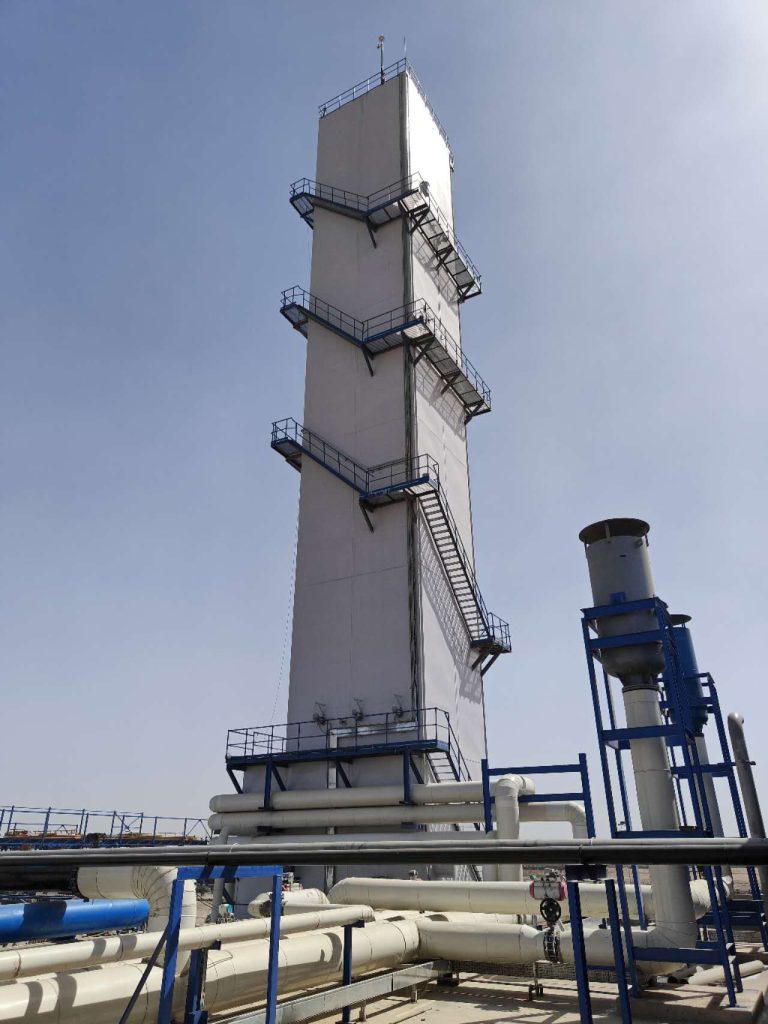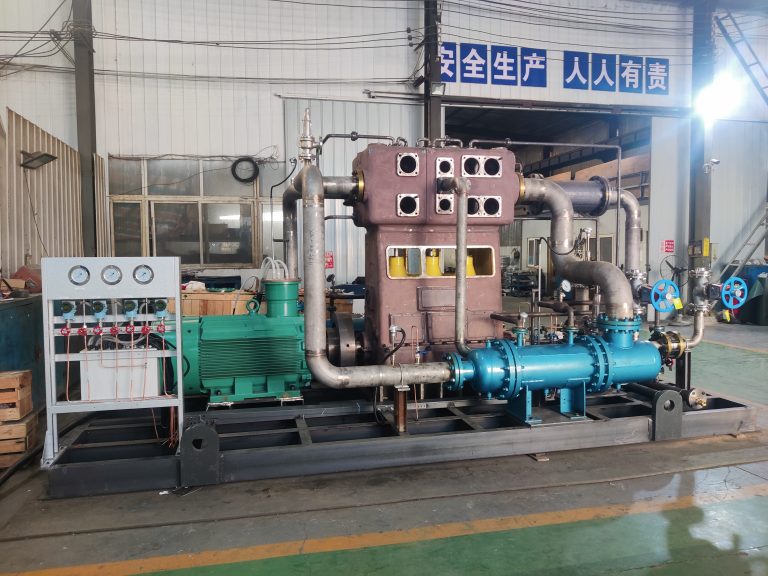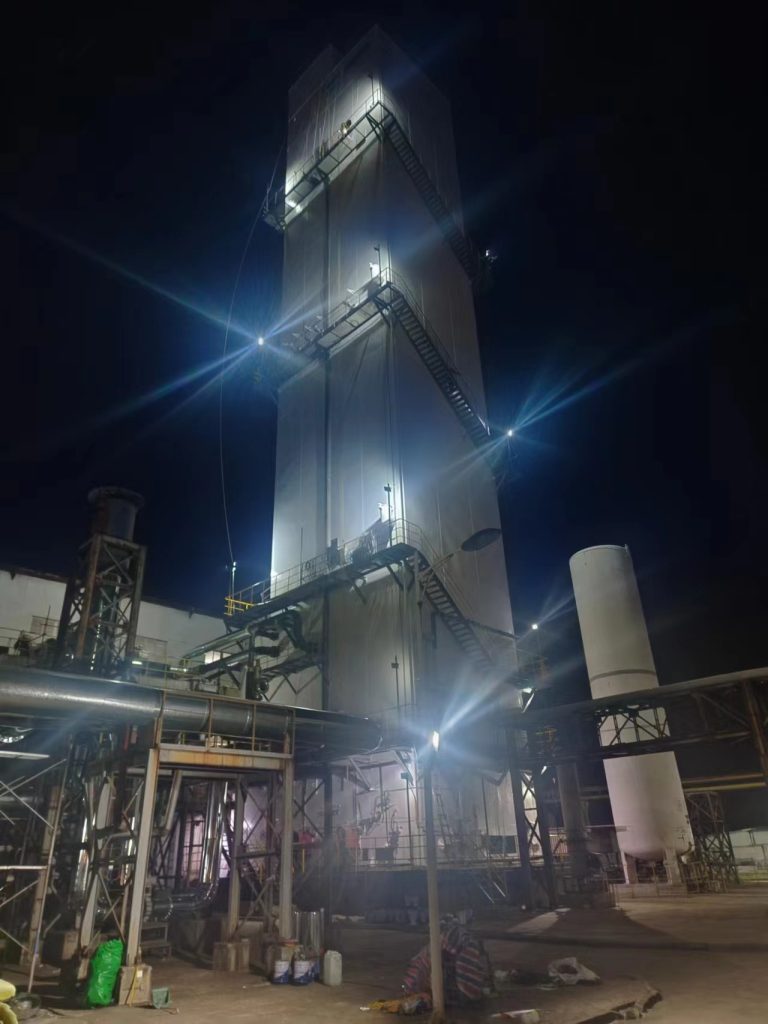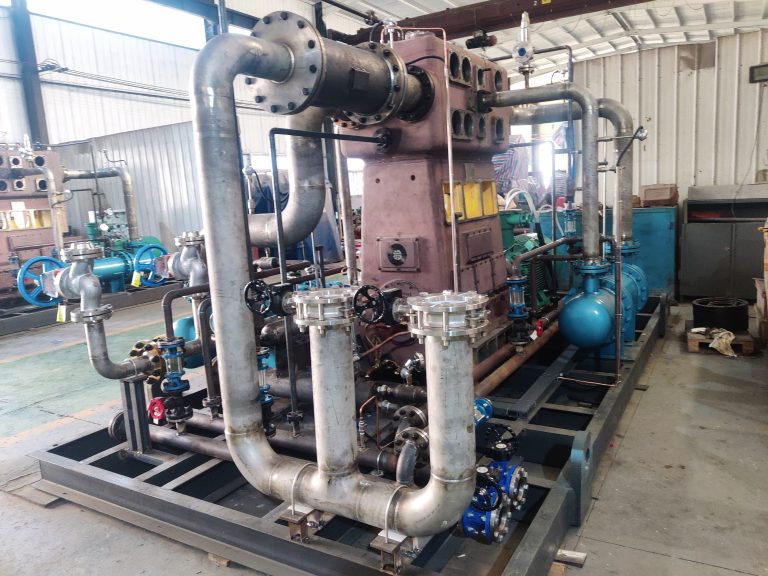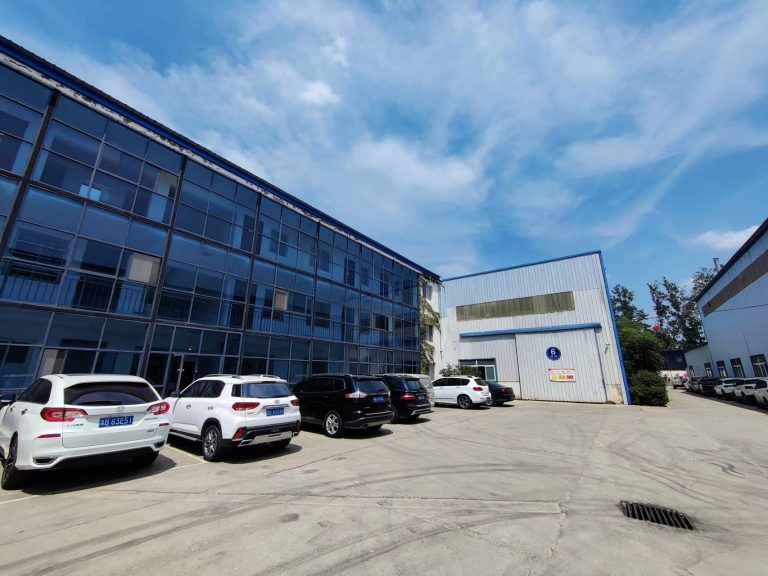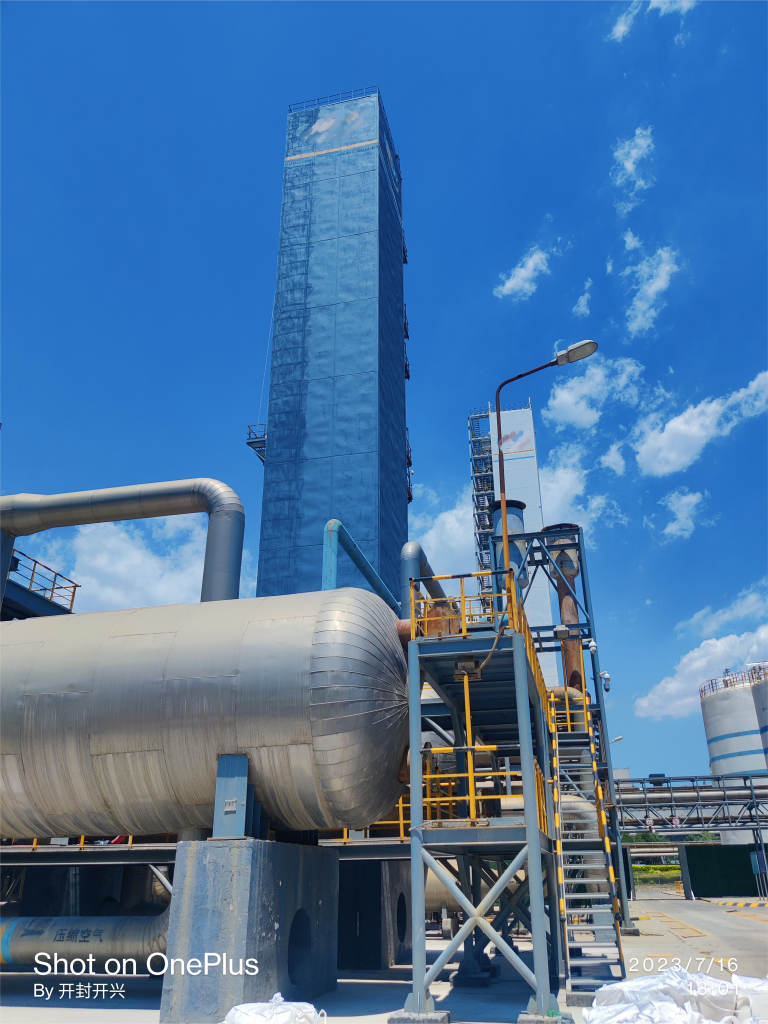
After air isothermal compression, liquid air is produced by open heat pump and expansion refrigeration liquefaction process. After air isothermal compression, liquid air can be produced by open heat pump and isothermal enthalpy difference refrigeration liquefaction process. Whether it is expansion mechanism cooling or isothermal enthalpy difference refrigeration, to get liquid air, part of the pressure air is needed for liquefaction, and the rest of the pressure air expansion mechanism cooling or throttling decompression to form a temperature drop (is the temperature drop is not the enthalpy drop, expansion cooling enthalpy drop is equal to the output work, throttling expansion is an adiabatic isothermal enthalpy process, producing temperature drop but no enthalpy drop). Re-reflux and pressure air heat transfer liquefy and supercool the pressure air, and the liquefy-air throttling decompression is partially vaporized (liquid throttling decompression is also an adiabatic isothermal enthalpy process, the temperature drops after throttling decompression, but not blanched, so it is necessary to partially vaporize. The use of liquid expander has a small enthalpy drop (output work of liquid expander) to reduce the amount of gasification. Can reduce the pressure cryogenic liquid pressure reduction gas rate, so as to improve the open heat pump expansion refrigeration liquefaction efficiency, but compared with the throttle pressure reduction is not large, only 3%-5%, here 3%-5% refers to the effective energy efficiency of refrigeration, that is, the energy system effective energy efficiency analysis technical guidelines in the target effective energy efficiency gap, rather than the process effective energy efficiency. The process effective energy efficiency throttling decompression is zero, and the liquid expander process effective energy efficiency, that is, the adiabatic efficiency is about 70%), and finally the liquid air at atmospheric pressure is obtained. In fact, it includes two processes of isothermal enthalpy difference, expansion refrigeration and open heat pump liquefaction. The formed liquid air is actually the carrier of cold capacity and cold energy. From the principle analysis, it is an open heat pump and expansion refrigeration liquefaction process plan, wherein the positive flow pressure air used for liquefaction is an open heat pump with air as the circulating working medium, and the positive flow pressure air used for expansion refrigeration is the circulating working medium of expansion refrigeration, and the expansion refrigeration with air as the circulating working medium generates cold capacity and cold energy. The open heat pump with air as the circulating working medium absorbs the cold energy generated by expansion refrigeration and realizes liquefaction, the liquid air throttling decompression after liquefaction (or liquid expansion machine expansion), and the pressure air pressure energy used for positive flow liquefaction is almost 100% (95%-97%) converted into the cold energy increment of the circulating working medium (air). After compressed nitrogen, liquid nitrogen is produced by open heat pump and expansion refrigeration liquefaction process.

